For many potential dog owners, especially those living in apartments or noise-sensitive environments, a dog’s barking tendencies can be a crucial factor in choosing the right breed. While all dogs communicate vocally to some extent, certain breeds are naturally more reserved in their vocalizations. These quiet canine companions offer the joy and companionship of dog ownership without excessive barking that might disturb neighbors or family members. From ancient breeds with independent personalities to gentle giants known for their calm demeanor, this article explores 11 dog breeds renowned for their peaceful, low-barking nature, their unique characteristics, and what makes them ideal companions for those seeking a quieter pet experience.
Understanding Canine Communication
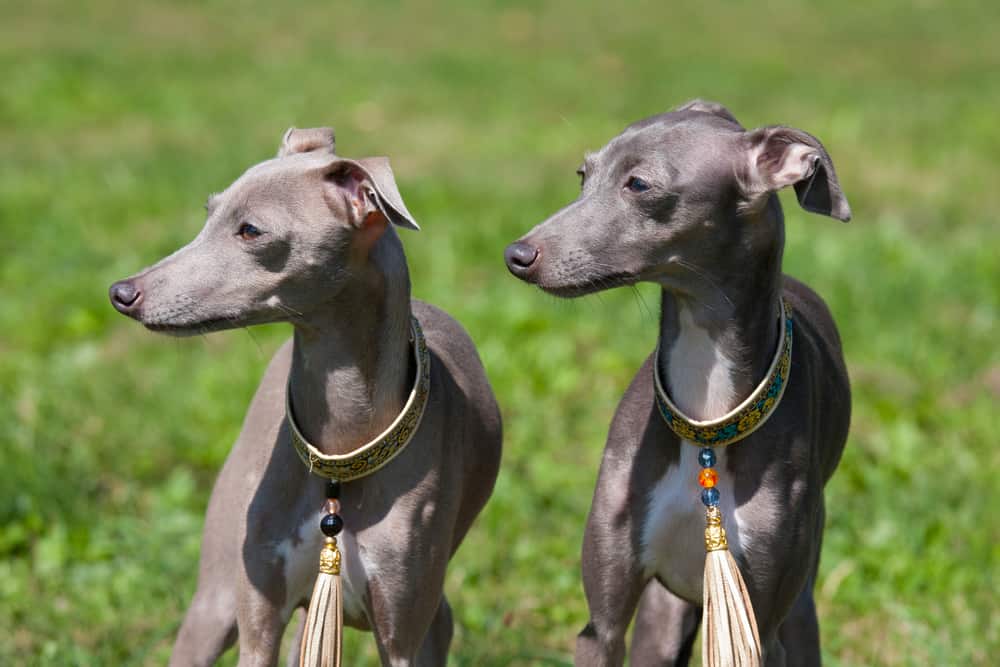
Before delving into specific breeds, it’s important to understand that barking is a natural form of communication for dogs. All dogs bark occasionally—it’s part of their genetic makeup and serves various purposes including alerting to potential dangers, expressing excitement, seeking attention, or responding to other animals. The frequency and intensity of barking varies significantly among individual dogs and is influenced by factors beyond just breed, including training, socialization, environment, and individual temperament. Even within typically quiet breeds, some individuals may be more vocal than others. Proper training and adequate physical and mental stimulation are essential for minimizing excessive barking in any breed. That said, the following breeds are genetically predisposed to be less vocal than their canine counterparts.
Basenji The “Barkless” Dog

Perhaps the most famous “quiet” dog breed is the Basenji, often referred to as the “barkless dog.” Originating from Central Africa, these ancient hound-type dogs physically cannot bark in the traditional sense due to their uniquely shaped larynx. However, they aren’t completely silent—Basenjis make distinctive yodel-like sounds called “barroos” when excited or seeking attention. They also communicate through various other vocalizations including whines, growls, and even something resembling a chortle. Basenjis are intelligent, independent, and cat-like in their cleanliness and demeanor. They’re known for their curious nature and high energy levels that require regular exercise. With their short coat and medium size (typically 22-24 pounds), Basenjis make wonderful companions for active owners who appreciate their quirky, quiet personality.
Shiba Inu The Silent Japanese Companion
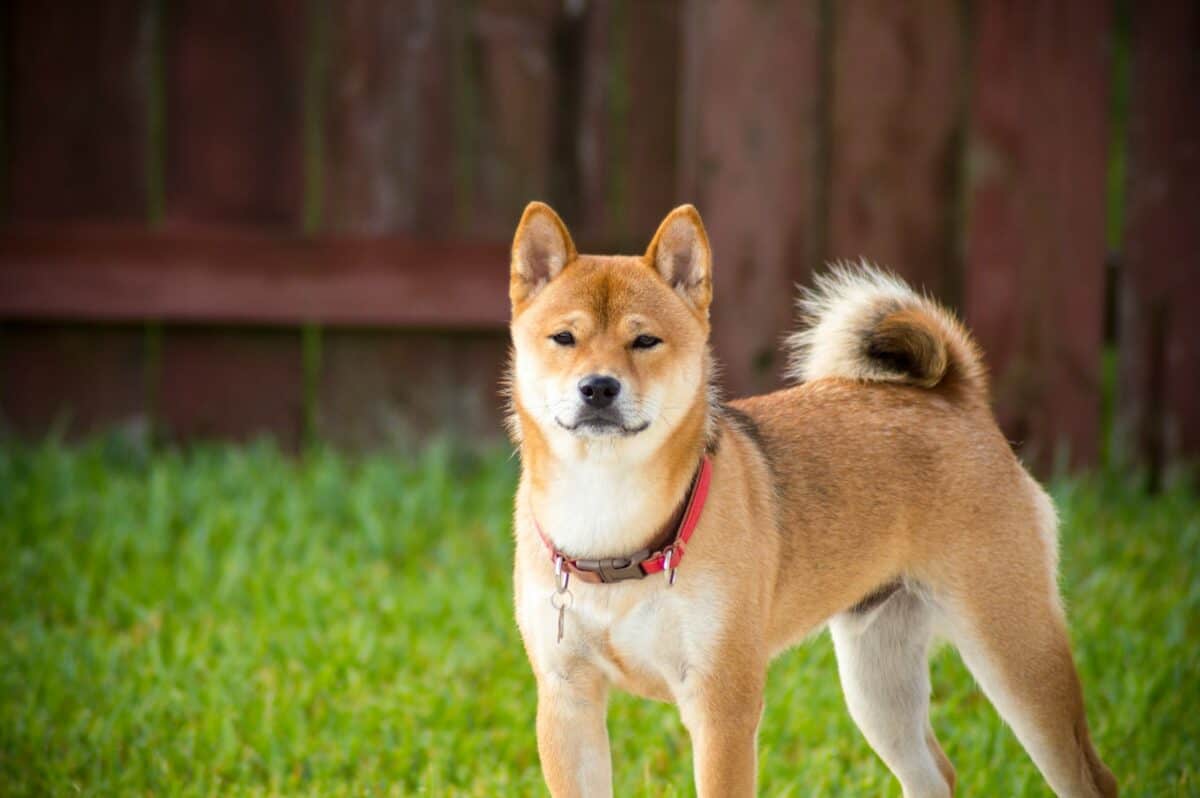
The Shiba Inu, Japan’s smallest native breed, is typically a quiet dog that rarely barks without good reason. These fox-like dogs are known for their independent, almost cat-like personality and their tendency to keep their vocalizations to a minimum. When Shibas do vocalize, they’re known for making a distinctive “Shiba scream”—a high-pitched sound they might emit when extremely excited or distressed—but this isn’t a common occurrence in well-adjusted Shibas. Originally bred for hunting in the mountainous regions of Japan, these dogs are confident, alert, and intelligent with a bold personality. They typically weigh between 17-23 pounds and have a distinctive orange-red double coat that requires moderate grooming. Their quiet nature, combined with their clean habits and moderate exercise needs, makes them suitable for apartment living, though their strong prey drive means they should always be leashed in unsecured areas.
Newfoundland The Gentle Giant
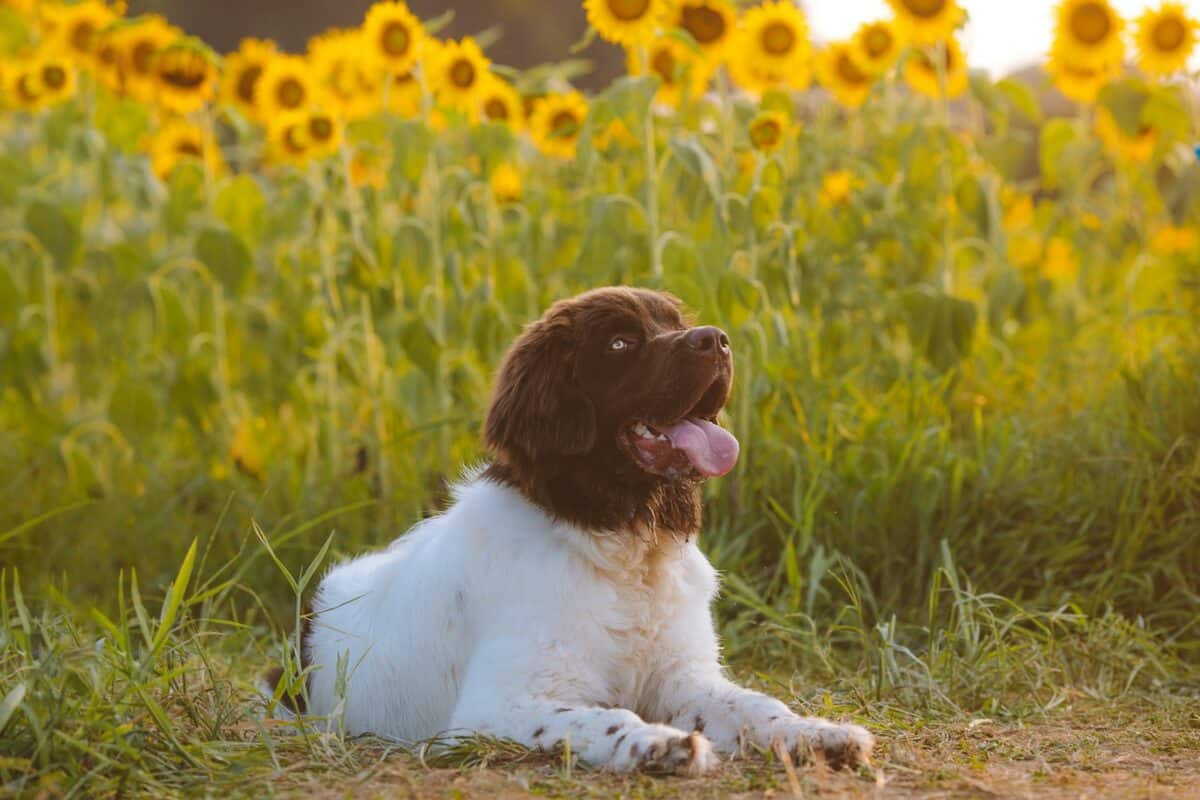
Despite their imposing size—males can weigh up to 150 pounds—Newfoundlands are known for their sweet, gentle nature and relative quietness. These massive working dogs were historically used by Canadian fishermen and are renowned for their water rescue abilities and calm temperament. “Newfies,” as they’re affectionately called, rarely bark without good reason and are more likely to communicate through body language and gentle interaction than vocalization. They’re exceptionally patient and good-natured, particularly with children, earning them the nickname “nanny dog.” Their thick double coat requires regular grooming, and they do drool considerably, which potential owners should consider. While they need moderate exercise, they’re typically calm indoor companions who are content to lounge around the house. Their quiet, gentle disposition makes them excellent therapy dogs and family pets, though their size means they’re best suited to homes with adequate space.
Greyhound The Silent Sprinter
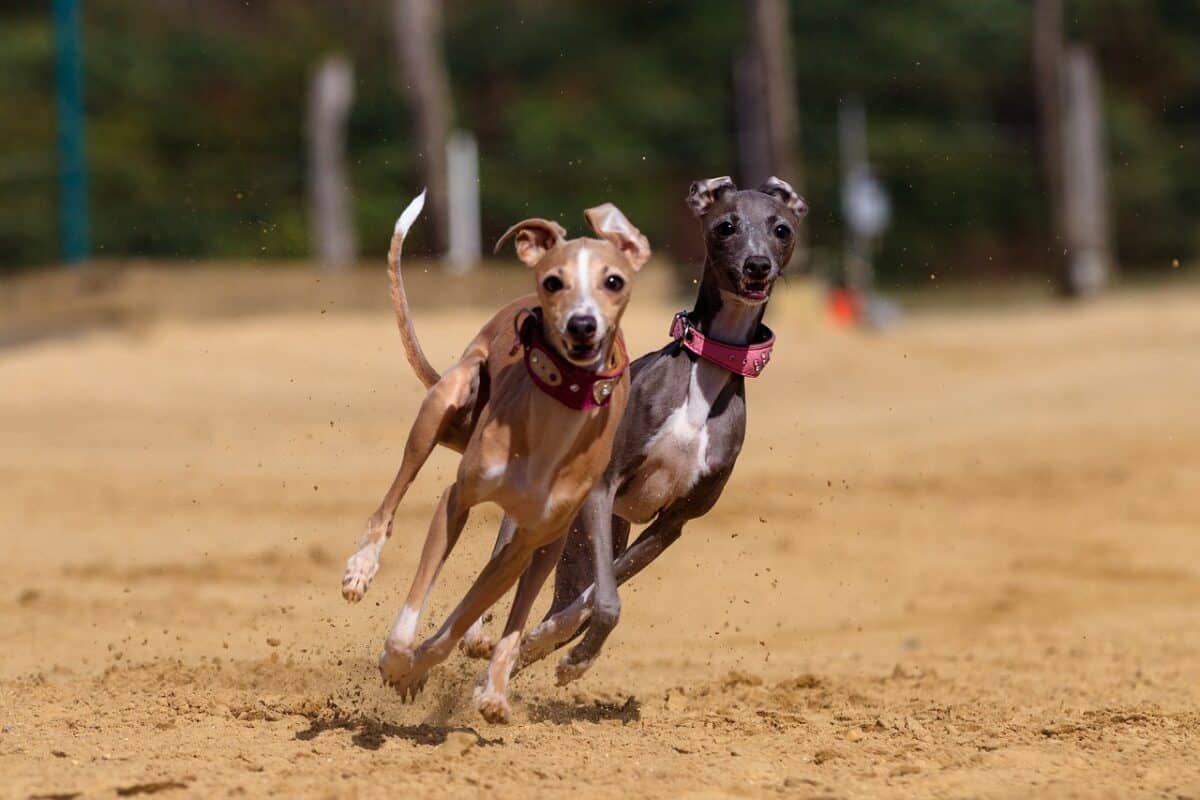
Renowned for their incredible speed on the racetrack, Greyhounds are surprisingly quiet and gentle companions at home. These sleek, athletic dogs typically weigh between 60-70 pounds and, contrary to what their racing background might suggest, are actually quite low-energy indoors, often earning them the nickname “40 mph couch potatoes.” Greyhounds rarely bark and tend to be soft-spoken in their communication. They’re known for their sweet, mild-mannered temperament and their affinity for lounging on soft surfaces. Many retired racing Greyhounds are available for adoption and adapt beautifully to home life, requiring only moderate exercise to keep them healthy. Their short coat requires minimal grooming, and they’re generally clean, odorless dogs. However, due to their strong prey drive, they should always be leashed in unsecured areas and typically aren’t suitable for homes with small pets like cats or rabbits unless specifically trained and socialized with them.
Akita The Dignified Guardian

Originally from Japan, the Akita is a powerful, dignified breed known for its loyalty and relatively quiet nature. These large dogs, weighing between 70-130 pounds, were traditionally used for guarding royalty and nobility in Japan and maintain that protective instinct today. Akitas are reserved with strangers but deeply devoted to their families. They’re not excessive barkers and tend to be relatively quiet indoors, though they will alert to genuine threats. Akitas communicate more through body language and facial expressions than through vocalization. They have a thick double coat that sheds heavily twice a year and requires regular grooming. Independent and sometimes stubborn, Akitas need consistent, positive training from an early age. They’re not typically recommended for first-time dog owners due to their strong-willed nature and size. Their quiet confidence and dignified presence make them impressive companions for experienced dog owners who understand and respect their nature.
Bullmastiff The Silent Sentinel
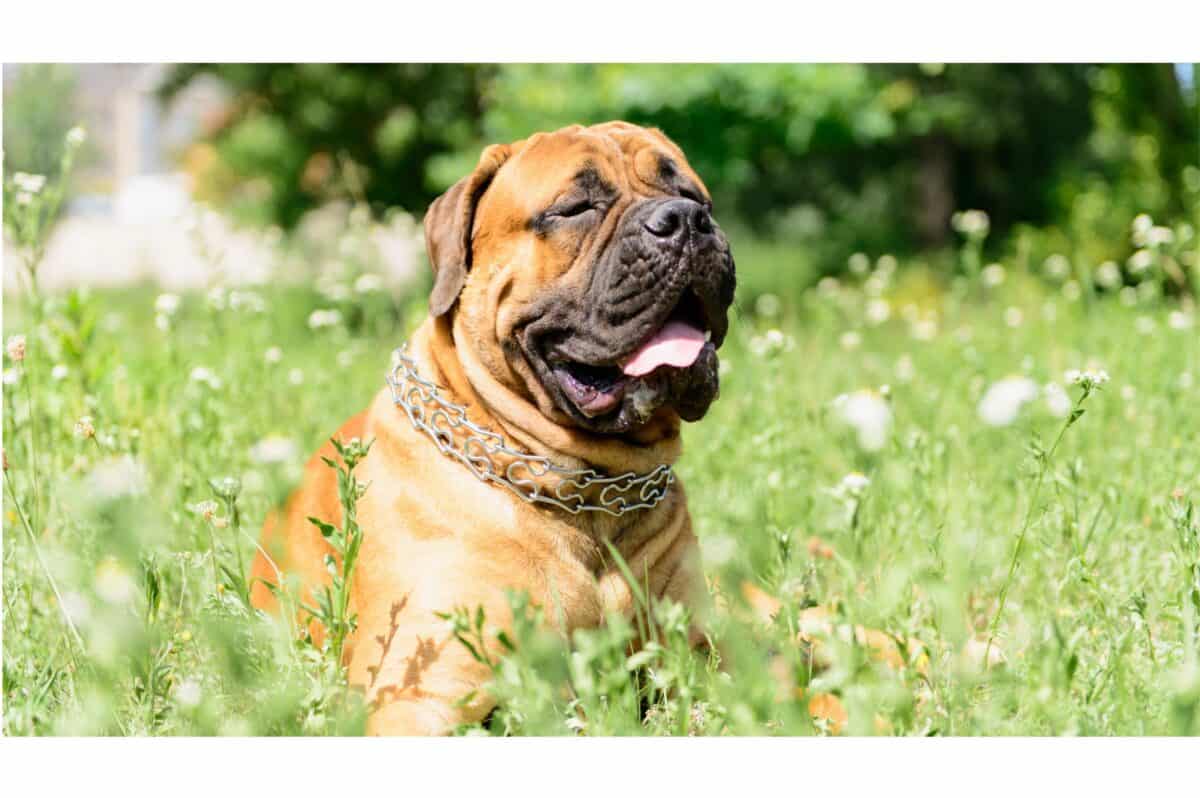
Developed in England to guard estates from poachers, the Bullmastiff was bred to track and hold intruders quietly—barking would have alerted the trespasser to the dog’s presence. This heritage has resulted in a naturally quiet breed that communicates primarily through body language. These powerful dogs weigh between 100-130 pounds and have a short, dense coat that requires minimal grooming. Despite their formidable appearance, Bullmastiffs are typically gentle and affectionate with family members, especially children. They’re described as having a “soft mouth” and careful demeanor around those they love. Bullmastiffs are intelligent but can be independent, requiring consistent, positive training. They’re not high-energy dogs and adapt well to urban living despite their size, needing only moderate daily exercise. Their natural protectiveness means early socialization is essential, but their quiet, calm nature makes them excellent companions for families seeking a low-barking guardian breed.
Chow Chow The Dignified Lion Dog
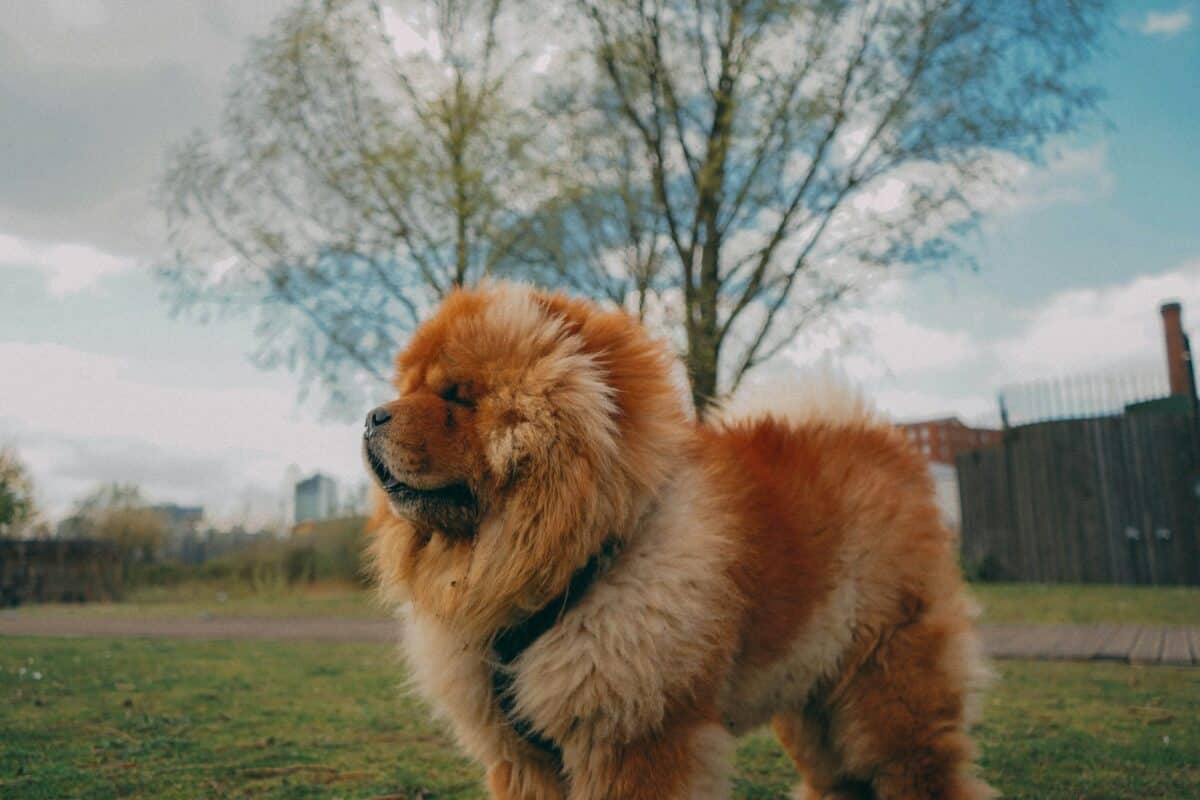
With their distinctive lion-like appearance and blue-black tongues, Chow Chows are among the most ancient dog breeds, originating in China over 2,000 years ago. These medium-sized dogs (45-70 pounds) are naturally quiet and reserved, rarely barking without good reason. Chows are known for their dignified, almost cat-like independence and aloofness with strangers, though they form strong bonds with their family members. Their thick double coat—which can be either rough or smooth—requires significant grooming to prevent matting and manage shedding. Chows have moderate exercise needs and are generally calm indoors, making them suitable for apartment living despite their fluffy appearance. They can be stubborn and strong-willed, requiring consistent, patient training from an early age. Early socialization is particularly important for this breed to ensure they’re comfortable in various situations. Their quiet, clean nature and loyalty make them excellent companions for owners who appreciate their distinctive appearance and independent personality.
Bernese Mountain Dog The Quiet Working Companion

Hailing from the Swiss Alps, the Bernese Mountain Dog was bred as a working farm dog, helping with cattle driving, cart pulling, and guarding. These large, tri-colored dogs (70-115 pounds) are known for their gentle, friendly temperament and relative quietness. “Berners,” as they’re affectionately known, typically only bark when there’s a legitimate reason, making them good neighbors despite their size. They’re exceptionally patient and good with children, earning them a reputation as excellent family dogs. Their thick, long double coat requires regular grooming to manage shedding and prevent matting. Berners are moderately active and enjoy outdoor activities, particularly in cooler weather, but are typically calm and well-behaved indoors. They’re highly trainable and eager to please their owners, though they can be sensitive to harsh correction. Sadly, they have one of the shortest lifespans among dog breeds (7-8 years on average), but their sweet nature and quiet companionship make every moment with them precious.
Italian Greyhound The Miniature Quiet Companion

The Italian Greyhound represents the miniature version of the Greyhound, weighing just 7-14 pounds but maintaining many of the larger breed’s characteristics, including their tendency toward quietness. These delicate, elegant dogs rarely bark excessively and are known for their gentle, sensitive nature. Despite their small size, they’re not typically “yappy” like some small breeds. Italian Greyhounds are affectionate and bond closely with their owners, often seeking physical contact and warmth by snuggling under blankets or curling up on laps. They have minimal grooming needs due to their short, fine coat, though they do require protection from cold weather. These dogs have surprising bursts of speed and energy, needing regular exercise despite their dainty appearance, but they’re generally calm indoors. Their thin skin and fine bones make them somewhat fragile, so homes with very young children may not be ideal. Italian Greyhounds make excellent apartment dogs due to their size and quiet nature, offering the athleticism of sighthounds in a compact, peaceful package.
Cavalier King Charles Spaniel The Gentle Aristocrat
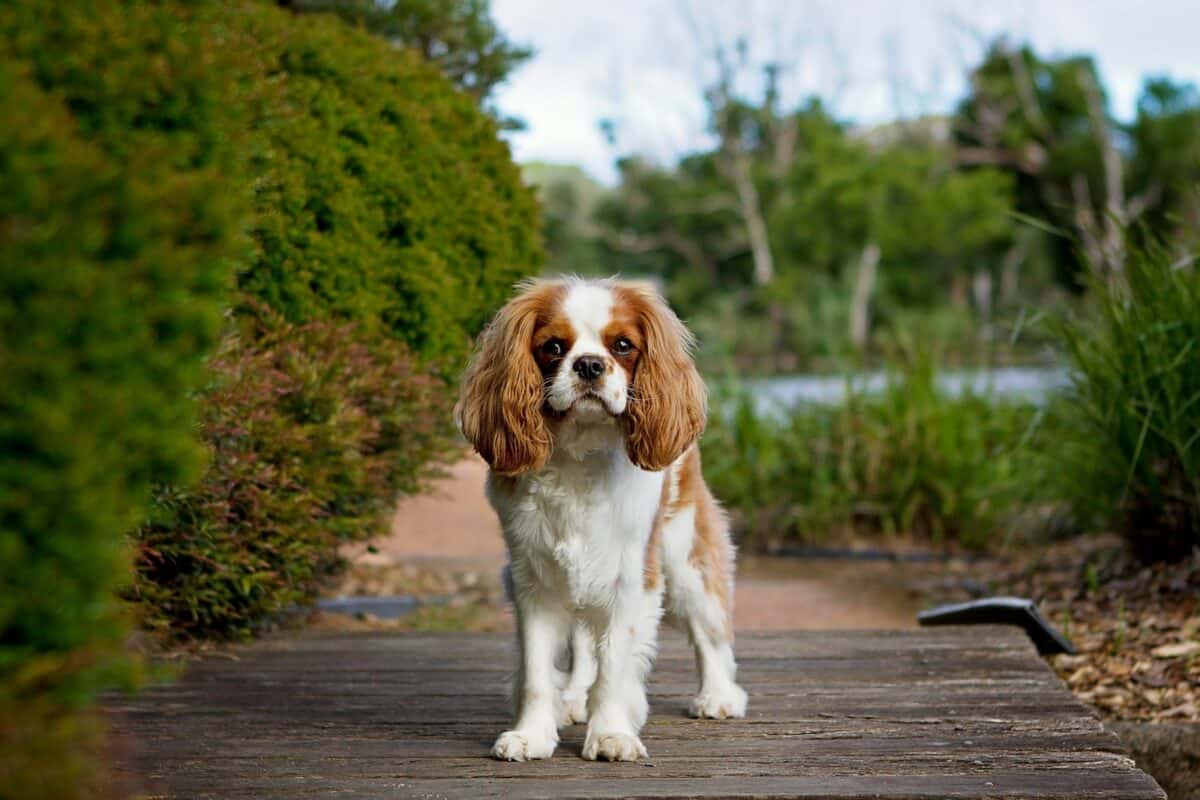
Among the smaller breeds known for quieter dispositions, the Cavalier King Charles Spaniel stands out for its gentle, adaptable nature. These elegant dogs, weighing 13-18 pounds, were bred as companions for nobility and maintain that gentle, accommodating temperament today. Cavaliers are not prone to excessive barking, preferring to communicate through soulful gazes from their large, expressive eyes. They’re exceptionally affectionate, often described as “love sponges” for their desire to give and receive affection. Their silky, medium-length coat requires regular brushing to prevent tangles and mats. Cavaliers are adaptable to various living situations and exercise levels, happy to match their activity to their owner’s lifestyle—enjoying both romps in the yard and quiet cuddling sessions. They’re naturally friendly with strangers, children, and other pets, making them poor guard dogs but excellent family companions. Their combination of small size, quiet nature, and adaptable personality makes them ideal dogs for first-time owners or those living in apartments or condominiums.
Whippet The Quiet Athlete

Often described as a “medium-sized Greyhound,” the Whippet shares many characteristics with its larger cousin, including a tendency toward quietness. These sleek, athletic dogs typically weigh between 25-40 pounds and are known for their incredible speed (they can reach up to 35 mph) combined with a gentle, undemanding nature at home. Whippets rarely bark without good reason and are generally soft-spoken in their communications. They form strong bonds with their owners and are known for being sensitive and affectionate companions. Their short coat requires minimal grooming, making them low-maintenance in that regard. Despite their athletic abilities, Whippets need only moderate exercise—a daily walk and occasional opportunity to run in a safely enclosed area is typically sufficient. They’re known for being “couch potatoes” indoors, perfectly content to lounge on soft furniture for hours. Like Greyhounds, their strong prey drive means they should always be leashed in unsecured areas. Their combination of athleticism, gentle temperament, and quiet nature makes them excellent companions for active and apartment-dwelling owners alike.
Conclusion: Choosing the Right Quiet Companion
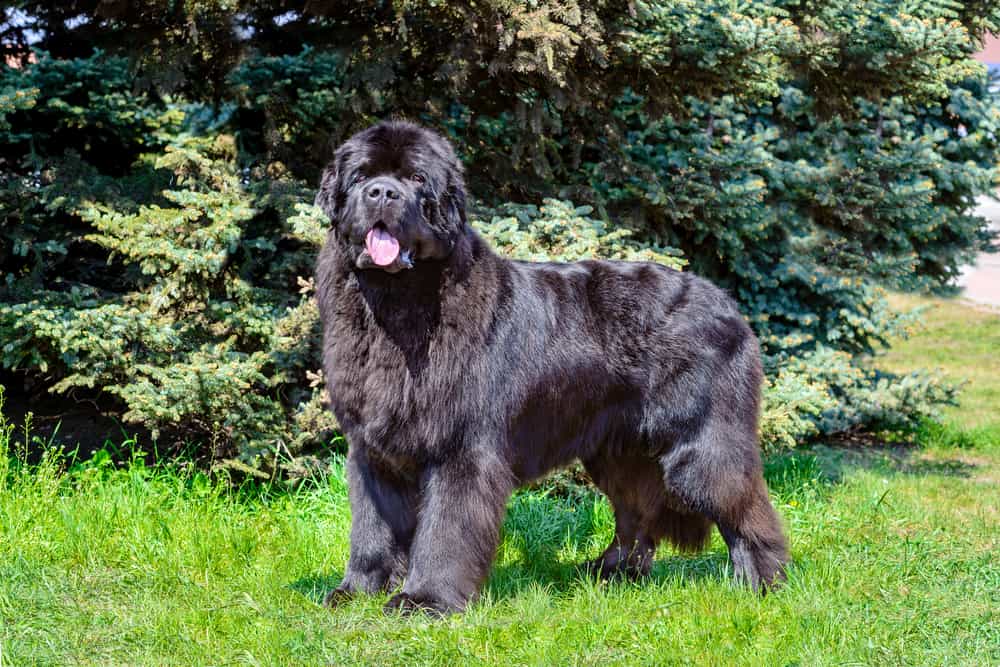
While the breeds highlighted in this article are generally known for their quiet nature, it’s essential to remember that individual temperament varies within breeds. Proper training, adequate exercise, and early socialization play crucial roles in developing a well-behaved, appropriately quiet dog regardless of breed. When selecting a canine companion, consider factors beyond just barking tendencies, including size, energy level, grooming needs, and compatibility with your lifestyle. Meeting adult dogs of your breed of interest can provide insight into their typical temperament and vocalization patterns. Consider adopting from breed-specific rescues where staff can match you with a dog whose personality fits your preferences. Remember that even naturally quiet breeds will bark occasionally—it’s a normal part of canine communication. The goal isn’t to find a completely silent dog but rather one whose communication style aligns with your household needs and neighborhood environment. With proper research, preparation, and training, these quieter breeds can offer all the joys of dog ownership without excessive noise, making them perfect companions for those seeking a more peaceful pet experience.
- 12 High-Altitude Birds Soaring Over the Andes - August 23, 2025
- 10 Animals That Change Colors - August 23, 2025
- 10 Cat Breeds That Act Like Dogs - August 23, 2025

